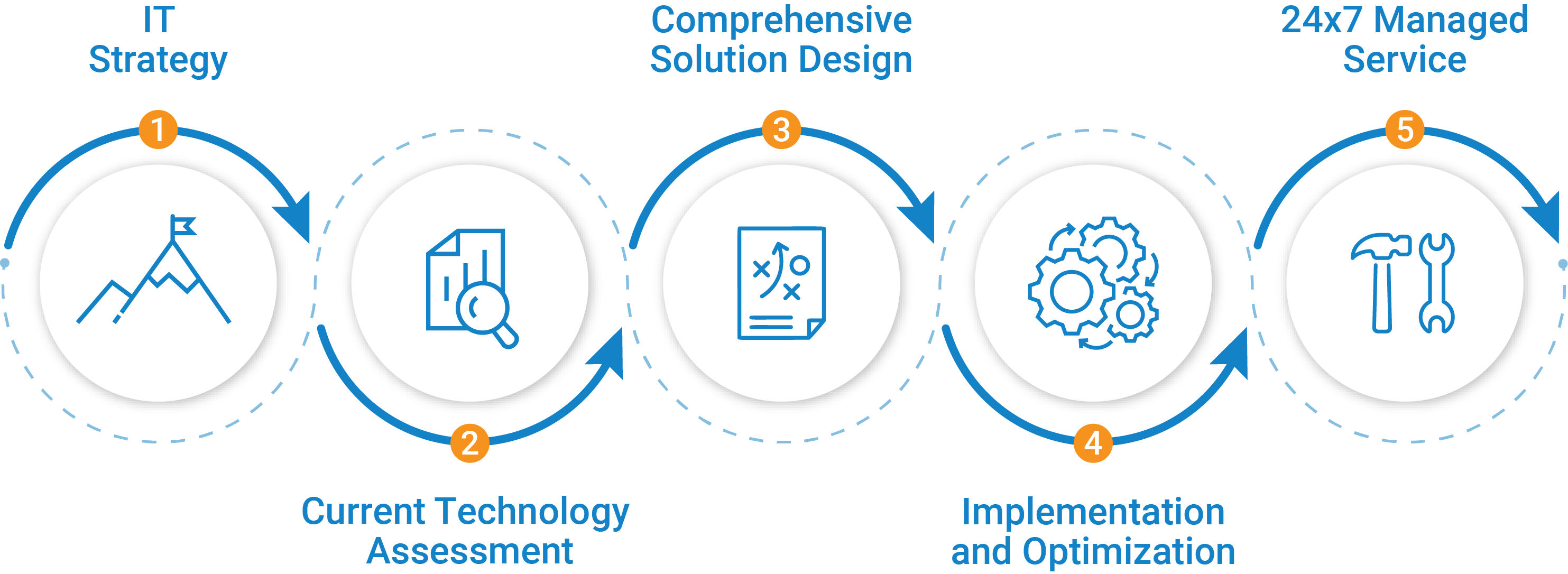Experience Built on Expertise
Client Experience Is Our Top Priority
For over two decades, Thrive has provided its outsourced technology expertise to a wide range of global clients. Thrive is committed to providing exceptional customer service and experience, the new client portal promises to deliver a streamlined, engaging, and trusted experience for customers. Our client portal provides Thrive clients with a central dashboard and insight into their services and devices with reporting and management tools, simplified case submission, user onboarding, and more.


Creating the Best Managed IT Customer Experience
We align our teams to provide each client with a team that knows their industry and company inside and out. This POD approach drives better strategies, service, and support from day one.
Thrive’s Advisory Services include vCISO, vCIO roles and Enterprise Technical Account Management as a concierge service for any size business. We are with you every step of the way, so you are protected and empowered to grow your business.
Thrive's Onboarding Methodology & Hypercare
Thrive’s NextGen services provide each customer with a tailored strategy to securely deliver their business applications and data to meet and exceed business outcomes.
Hypercare is Thrive’s way of making sure we support every client in the best possible way – with so much information coming at them, new faces, new processes – it’s hard to keep up. The Thrive team ensures each client has all of their questions answered – a true extension of their IT team.


Driving Better Business Outcomes
“Thrive’s expertise, commitment, and personalized approach make them an exceptional partner in the journey towards a more agile and secure IT infrastructure.”
– Timothy Murphy, CIO, Polk County Tax Collector
Hear from Our Customers
Assessing IT Environments to Deliver Solutions
A major part of our tailored client approach includes assessing IT environments for scalability, reliability, and security. We will create a personalized list of recommendations as part of an annual strategic assessment.
Recommendations will be provided in the areas of:
- Server infrastructure
- Backup & disaster recovery
- Email and messaging platforms
- Cybersecurity
- IT governance
- Cloud strategy
A Team Fully Dedicated to Your Needs
When you need to reach the Thrive team, we’ll be there to assist you. Our NextGen Thrive Client Portal offers easy access to knowledgeable engineers, with the ability to create a support ticket and track case updates in real time to ensure fast remediation.
For critical, business-impacting incidents, our proactive support team offers around-the-clock monitoring of network issues and concerns.


Providing Technology Solutions Tailored to Your Business
Thrive utilizes a unique combination of services to ensure each business application achieves peak performance, scale, uptime, and the highest level of security. With access to the latest cloud and on-premises technologies, we will build a strategy for the present and the future based on your technology objectives.
